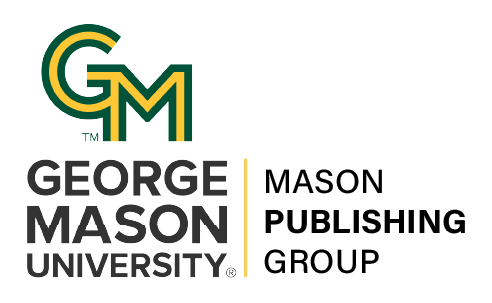Small Changes, Big Impact: Enhancing Online Engagement and Interaction
DOI:
https://doi.org/10.13021/G8itlcp.10.2018.2143Abstract
BRIEF SESSION DESCRIPTION:
This panel discussion will focus on practical examples of how to enhance student engagement and interaction when students work in collaborative learning environments in asynchronous online courses and technology-enhanced face-to-face classes. Participants will also have an opportunity to share their discipline specific strategies for managing team-based assignments. Participants will take away practical tips how to implement roles assignments, peer work, technology-integrated group work, and collaborative writing in their own classes.
________________________________________________________________
FULL ABSTRACT:
The purpose of this panel is to share, demonstrate and discuss examples of how instructors at George Mason University facilitate student interaction and engagement when they teach online courses. Student engagement is defined as âthe studentâs psychological investment in and effort directed toward learning, understanding, or mastering the knowledge, skills, or crafts that academic work is intended to promoteâ (Newman, Wehlage, & Lamborn, 1992, p.12). Student interaction is defined as âan event that takes place between a learner and learnerâs environment and its purpose is to respond to the learner in a way intended to change his or her behavior toward an educational goalâ (Wagner, 2005, p.9).
Examples of using roles for group work:
PSYC 321: The course instructor provides five case scenarios of diverse people with symptoms and asks students to describe techniques from one of five roles: assessment, consultation (with other professionals), treatment, research, or prevention. The students evaluate the benefits and costs of their techniques and comment on othersâ posts. They rotate to other roles for the other four cases.
NUTR 295: For each weeklong online discussion, three roles are assigned within small discussion groups. The starter and wrapper begin and end the conversation, respectively, structuring the groupâs response to the instructor-provided topic. The skepticâs role is to ask critical questions mid-discussion.
COMM 359: Students are assigned online group discussions centered on a media management topic. Initially, students analyze the situation as a media leader and post a proposal to solve the problem. Then, group members comment on proposals they find insightful.
INTS 204: A core assignment is the Leadership in the News activity. Each week, a student team creates a presentation connecting course readings to current events and facilitates discussion. One team member is designated the Team Coach and shepherds the presentation process.
Examples of technology-integrated group work:
SYST 573: The course teaches the quantification of a decision problem. Quantification requires stakeholders to identify their values. In the live version of the course, an affinity diagram facilitates this elicitation. Padlet allows a similar interaction in the online version.
LING 523: The online English phonetics course trains students to close-listen to human speech and to analyze it. To this end, a wiki is used to promote collaboration on fine phonetic transcription of accented English speech. Students learn to support their analysis and reach consensus.
Examples of collaborative work:
COMM 380: Voting activity is a multi-layered activity that takes place periodically throughout a given semester and culminates in a final voting activity among peers. Students are required to vote on the best essays nominated by the professor per category. The results are tabulated and the top papers in each of the categories are published.
EVPP 361: The course contains a collaborative writing project. Students are assigned to a stakeholder group among six different groups whose political power and economic stakes vary. Students take a joint effort to produce the final paper by collaborating together as a group and make a decision on behalf of each stakeholder group.
Panel attendees will have an opportunity to get advice how to manage collaborative group work and what strategies need to be applied. The faculty across different disciplines will have an opportunity to share and discuss their own examples as well.




